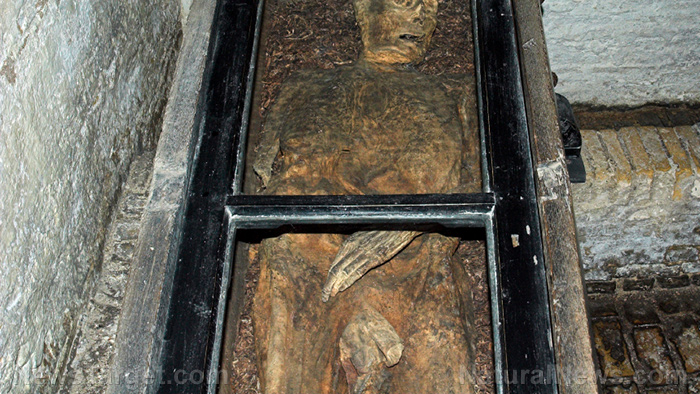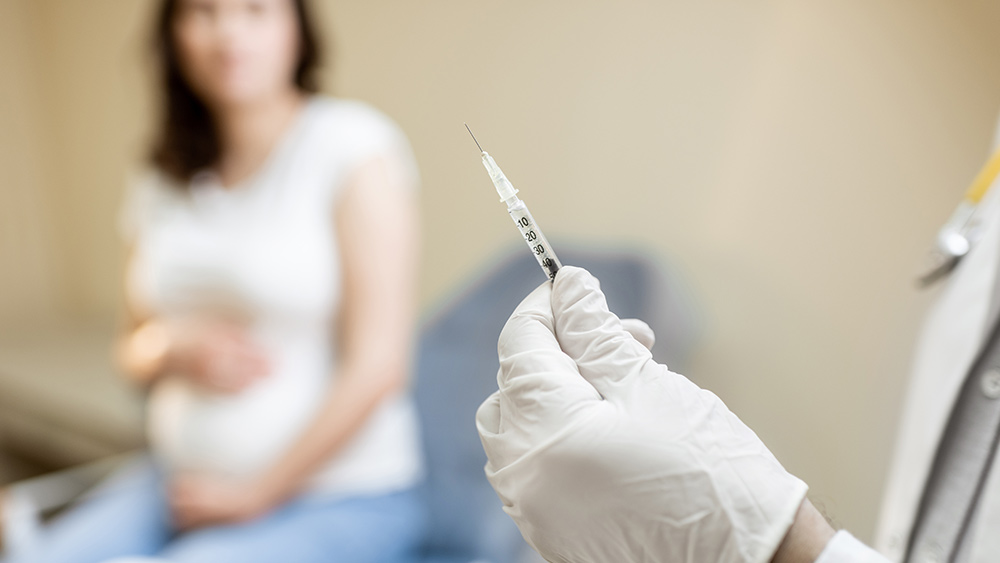
Brazil is reliving the worst of the Wuhan coronavirus (COVID-19) pandemic as its caseload and death toll surge once again. Over the past week, the South American nation tallied more than 464,000 new cases and 12,818 new deaths, according to data from Johns Hopkins University.
Hospitals all over Brazil have reached full capacity and some are no longer accepting new patients. In the southern state of Rio Grande do Sul, one of the largest public hospitals said on March 14 that it had to close its doors to new patients because its intensive care unit (ICU) had become overloaded.
"The hospital’s ICU COVID ward already serves at 132 percent occupancy," the hospital management of Porto Alegre Hospital das Clinicas said in a statement.
Brazil's coronavirus patients are also getting younger and sicker. Sao Paulo Health Secretary Jean Gorinchteyn told reporters this week that half of all patients in many of the state's ICUs are now under 50.
"I'm talking about 26 and 29 and 30-year-olds, often in a very grave condition," he said. "We all need to understand that what is happening right now is a different pandemic from the one we saw last year."
Brazil now has more than 11.6 million confirmed cases and more than 280,000 deaths, according to Johns Hopkins University data. Only the United States has a higher caseload and death toll at over 350,000 and nearly 30 million, respectively.
More contagious variant blamed for Brazil's rising caseload
Dr. Andre Machado, an infectious disease expert from the city of Porto Alegre, Rio Grande do Sul, believes that the surge in infections stemmed from a more contagious variant of the Wuhan coronavirus. Called "P1," the variant is thought to have emerged from the city of Manaus, Amazonas in late 2020 but is now spreading throughout the rest of Brazil.
A recent study shows that this new version may be up to 2.2 times more transmissible than the virus that emerged from Wuhan in China. The variant can also infect people who previously had COVID-19, according to the study, which is not peer-reviewed yet. The likelihood of reinfection is up to 60 percent.
"This isn’t just theoretical. It’s something we’re seeing in practice," Machado said of the variant. "If there’s one confirmed case, everyone ends up getting infected by the virus … It’s obvious that this new variant is now circulating among us."
Marco Boulos, a professor of infectious disease at the University of Sao Paulo, also said he has no doubt that P1 contributed to the epidemic. He pointed out that the variant produced more serious cases in young people than before based on anecdotal evidence from hospitals.
"Today you have serious patients in ICU from all age groups. Before we’d say it was almost 90 percent elderly. Today they’re still the majority, but not in [the] same way," Boulos said. "We don’t yet know how this works, but it’s what we are seeing. There’s no other reason why young people would suddenly start suffering from a more serious disease."
But Manaus epidemiologist Jesem Orellana is unconvinced that the variant was the main culprit. Instead, he believes that the Brazilian government's bumbling response to the virus is the main driver for the rising caseload.
"From a political point of view, it's much easier to place the blame on the variant," Orellana said, noting that politicians at all levels of the government are now using the variant as a fig leaf to mask their mistakes and negligence. (Related: Amid horrifically bad handling of the coronavirus, Brazil's Bolsonaro government now appears on the verge of political collapse.)
This comes after Brazilian President Jair Bolsonaro appointed the country's fourth health minister since the start of the pandemic. Marcelo Queiroga, president of the Brazilian Society of Cardiology, will replace Eduardo Pazuello, an active-duty army general who took over in May despite having no prior experience in managing public health.
Pandemic.news has more about the Wuhan coronavirus.
Sources include:
Please contact us for more information.




















